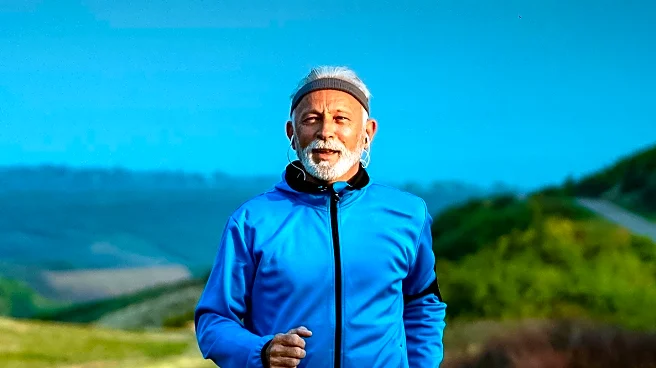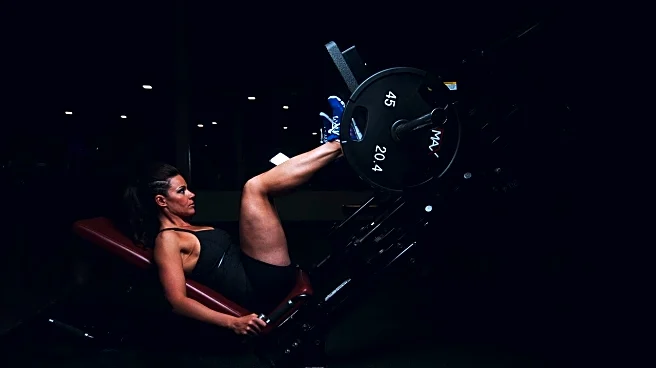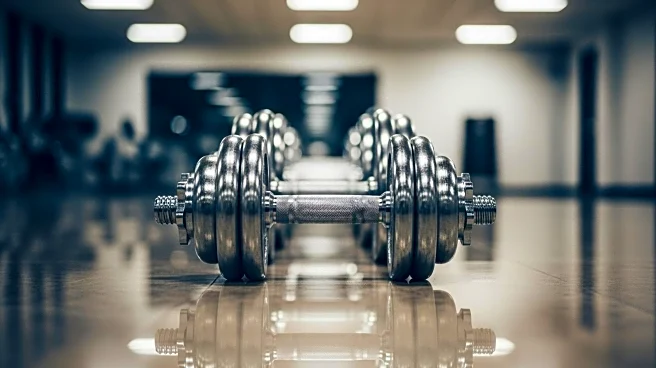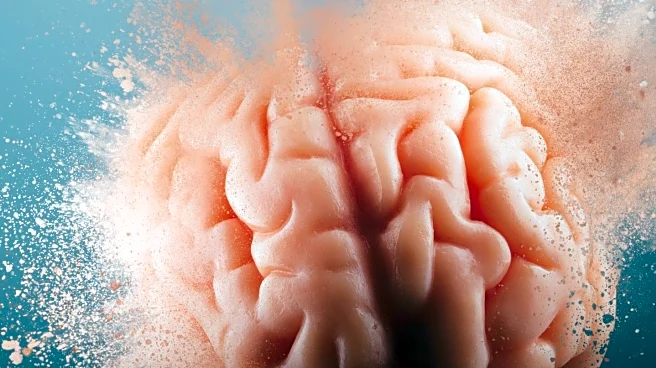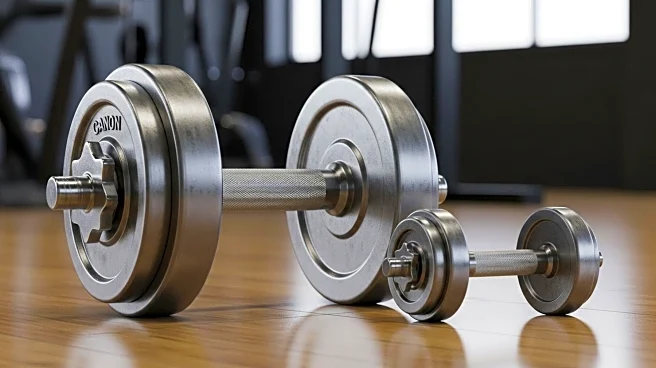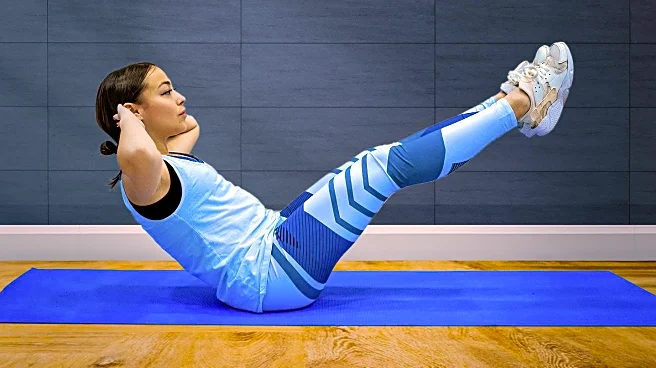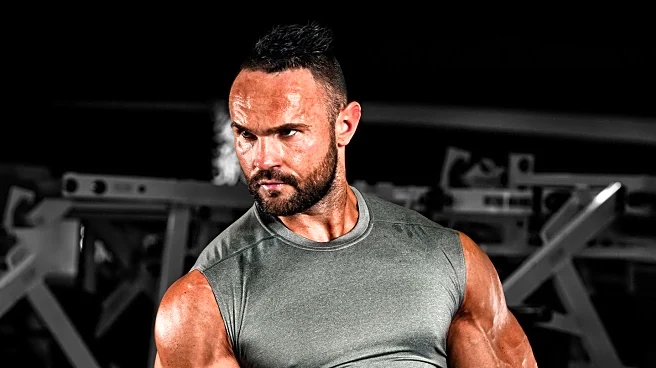What's Happening?
Good Housekeeping has published an article detailing effective strategies for muscle building in individuals over 60. The article emphasizes the importance of strength training, consistent exercise routines, and a protein-rich diet to combat age-related muscle loss, known as sarcopenia. Trainer specialist Rowan Clift explains that hormonal changes, particularly the decline in estrogen, can make muscle repair and growth more challenging for women post-menopause. The article suggests incorporating compound movements, resistance band training, and bodyweight exercises to enhance muscle strength and endurance. Additionally, it highlights the significance of adequate sleep in promoting muscle growth and recovery.
Why It's Important?
As the population ages, maintaining muscle mass becomes crucial for overall health and mobility. The strategies outlined in the article can help older adults improve their physical strength, reduce the risk of injury, and enhance their quality of life. By focusing on strength training and proper nutrition, individuals over 60 can counteract the effects of sarcopenia, thereby supporting bone health, boosting metabolism, and elevating mood. This information is vital for healthcare providers, fitness trainers, and older adults seeking to maintain an active lifestyle.
What's Next?
The article encourages older adults to adopt these muscle-building strategies and consult with fitness professionals to tailor exercise routines to their specific needs. As awareness of the importance of strength training grows, there may be increased demand for fitness programs and resources catering to the older demographic. Healthcare providers and fitness centers might expand their offerings to include specialized classes and workshops focused on muscle maintenance and overall wellness for seniors.
Beyond the Headlines
The article touches on the broader implications of aging and muscle loss, highlighting the need for societal support systems that promote active aging. As the population continues to age, there may be a shift towards more inclusive fitness environments and policies that encourage older adults to engage in regular physical activity. This could lead to innovations in fitness equipment and training methodologies designed specifically for older individuals.

